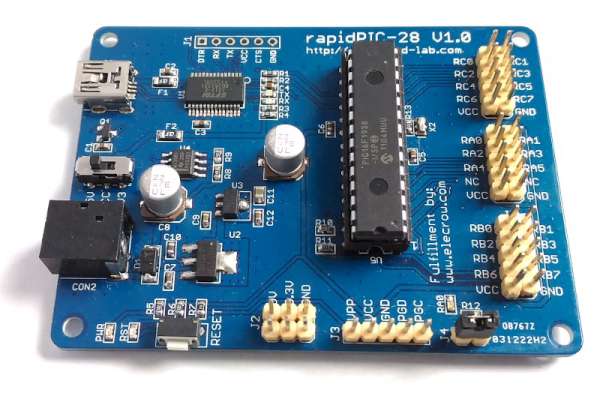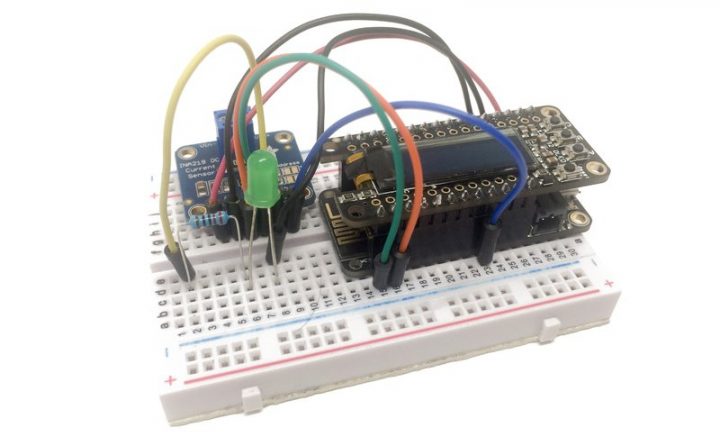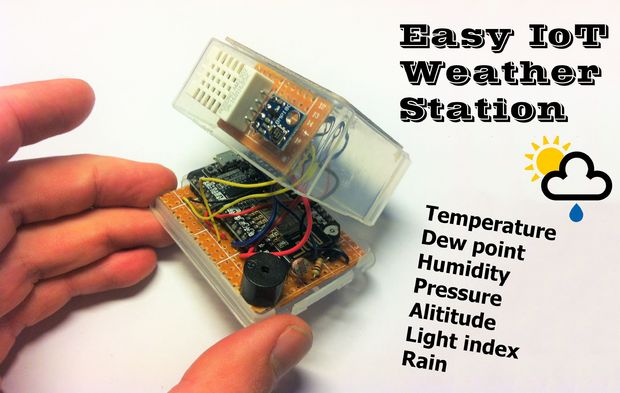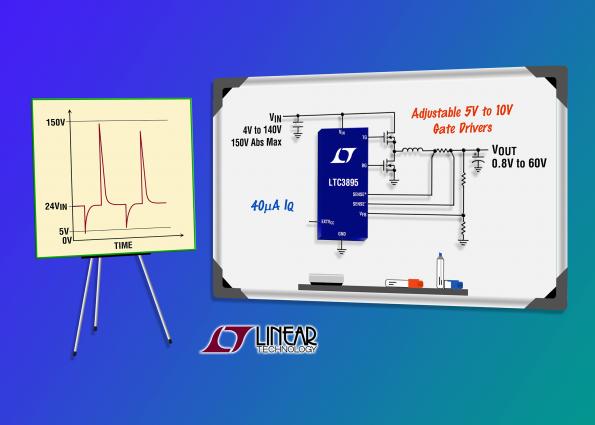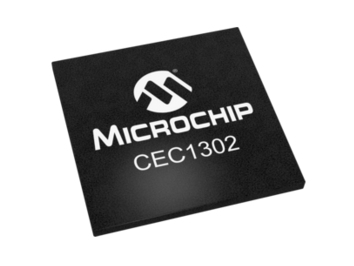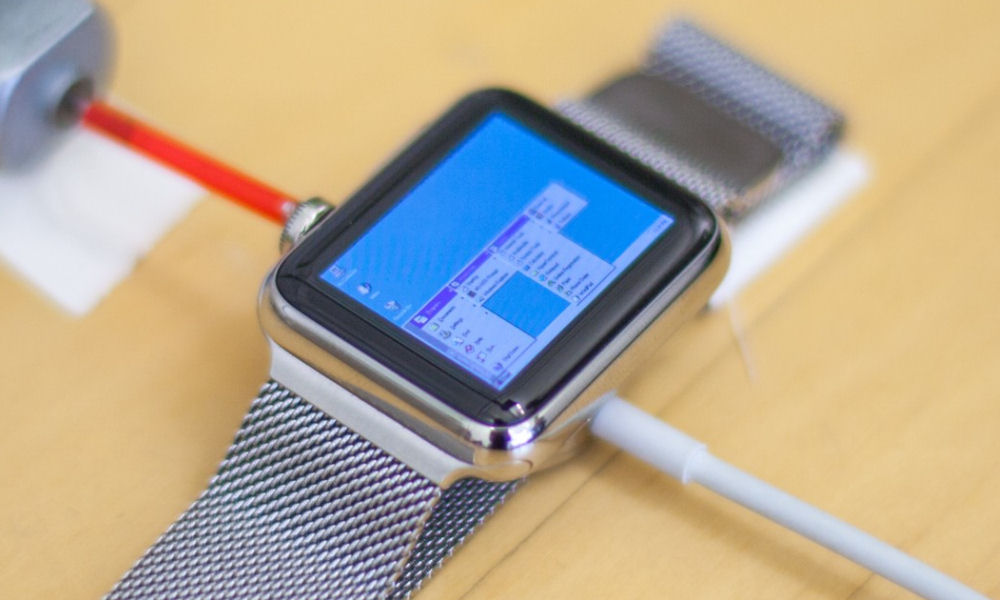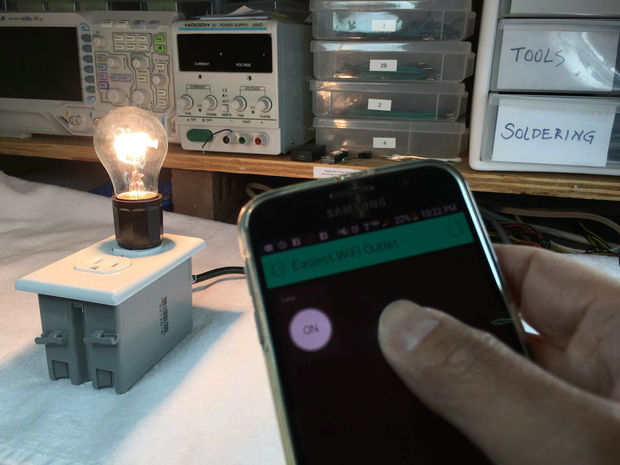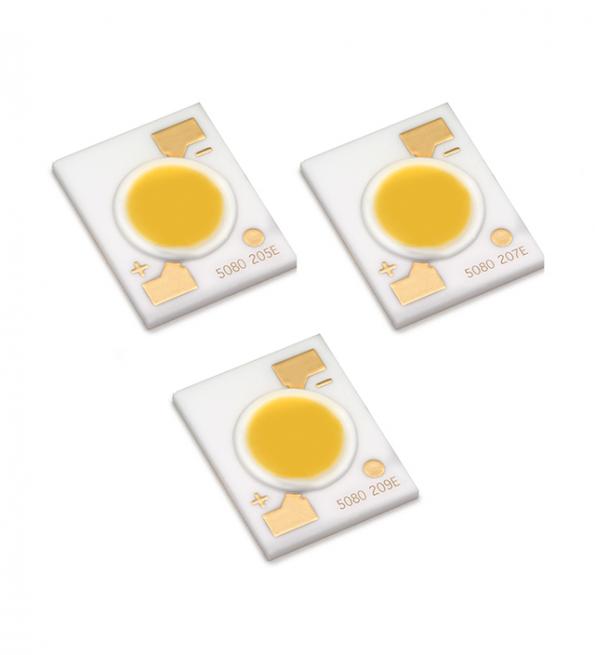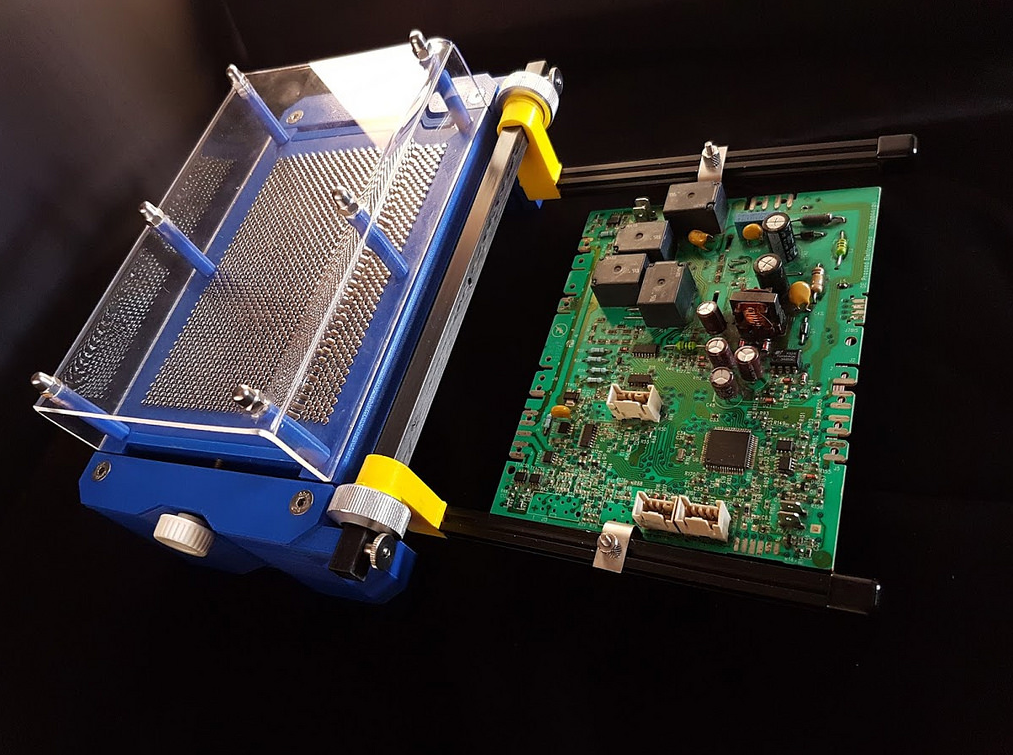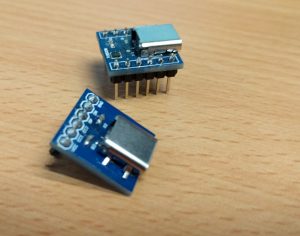Raj over at Embedded Lab has designed a development board for PIC16F1938:
The PIC16F1938 is a versatile 28-pin MCU belonging to Microchip’s extreme low power microcontroller family featuring nanoWatt XLP technology, 28KB of programming memory, 1KB of RAM, 11 ADC channels, and tons of other peripherals. A while ago, I designed a development board for this MCU and I thought it would be worth sharing this design here. The development board features an onboard USB-UART bridge to support the ds30 Loader for easy programming of the PIC MCU. All I/O pins are accessible through 2×5 headers.
Development board for PIC16F1938 – [Link]



